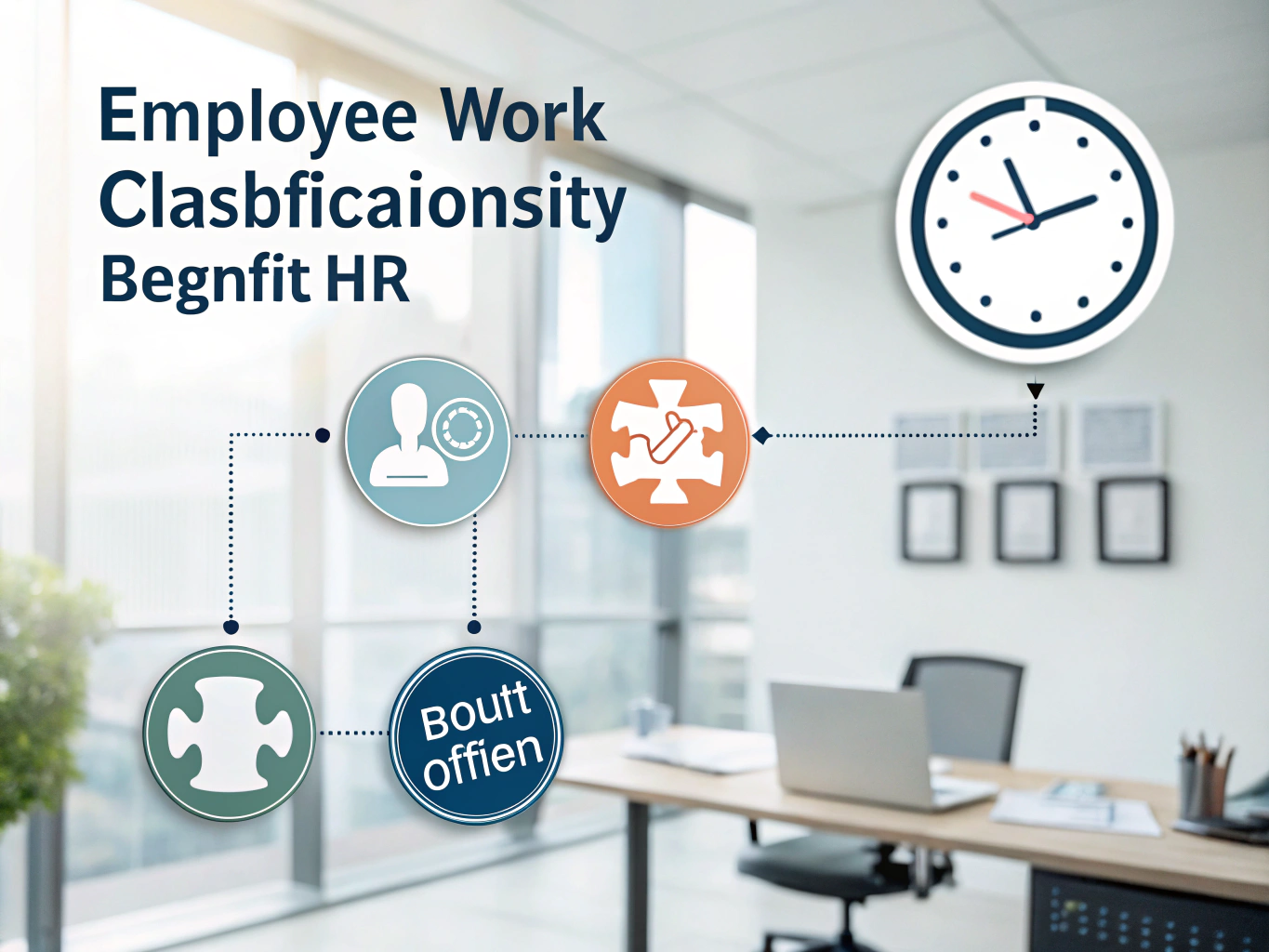Definition
Employee Work Classifications Benefit Eligibility is a framework that defines various categories of employment within an organization and outlines the benefits each classification is entitled to. Essentially, it helps both employers and employees understand who qualifies for what benefits, ensuring clear communication and fair treatment.
Key Components
Understanding the intricacies of employee classifications and their corresponding benefit eligibility is crucial for fostering a transparent workplace. Here’s a breakdown of the main elements involved:
- Full-time Employees: Typically, these individuals work 40 hours or more per week and enjoy a full suite of benefits, including health insurance, retirement plans, and paid leave. For instance, if you’re a full-time marketing manager, you’ll likely have access to comprehensive health plans and paid vacation days.
- Part-time Employees: Those working fewer than 40 hours a week may still qualify for certain benefits, but usually on a pro-rated basis. For example, a part-time employee who works 20 hours a week might receive half the vacation days of a full-time colleague.
- Temporary Employees: Hired for specific projects or timeframes, these workers generally don’t qualify for standard benefits unless specified in their contracts. Imagine a seasonal retail worker; they’re usually there for the holiday rush and may not receive health insurance or retirement benefits.
- Independent Contractors: These are self-employed individuals contracted for specific tasks. They manage their own benefits and taxes, meaning they won’t have access to traditional employee perks like health insurance through your company.
- Benefit Enrollment: Employees must enroll in benefits within a designated timeframe, typically shortly after starting their job. Missing this window can result in delayed coverage, so it’s crucial to stay on top of enrollment dates!
- Compliance and Updates: It’s important for employees to stay informed about any changes in the policies, as these can impact their eligibility. Regular updates from HR can prevent misunderstandings.
Importance in the Workplace
Why does Employee Work Classifications Benefit Eligibility matter? Well, think of it this way: without clear classifications and benefit guidelines, chaos can ensue. Imagine two employees doing similar jobs but receiving vastly different benefits because their classifications were unclear. This can lead to dissatisfaction and even legal disputes. For example, if a part-time employee feels they should receive the same health benefits as a full-time employee, it can create tension and undermine workplace morale. In contrast, well-defined classifications foster an equitable environment, making it easier to recruit and retain top talent.
Best Practices
Implementing an effective Employee Work Classifications Benefit Eligibility policy can be straightforward if you follow these best practices:
- Clearly Define Classifications: Ensure every employee knows their classification and what it entails. This can be done through an employee handbook or onboarding sessions. For instance, during orientation, clarify the differences between full-time, part-time, and temporary roles.
- Regularly Review and Update Policies: Laws and workplace needs change, so it’s essential to revisit your policies regularly. Schedule annual reviews to ensure your classification and benefits align with current legislation and organizational goals.
- Communicate Openly: Make sure employees know whom to contact with questions about their classifications and benefits. Create an FAQ document that addresses common concerns and encourage open dialogue.
- Utilize Technology: Consider using HR software to manage employee classifications and benefit eligibility efficiently. This can streamline processes, making it easier to track who qualifies for what benefits.
- Provide Training: Train your HR staff and managers on the nuances of employee classifications and benefit eligibility. This ensures they can accurately communicate policies to employees, reducing confusion and enhancing trust.
Legal Considerations
Staying compliant with labor laws is critical when it comes to employee classifications and benefit eligibility. Misclassifying employees can lead to legal repercussions, such as fines or lawsuits. For instance, if you mistakenly classify a full-time employee as part-time, you may be violating labor laws by denying them access to required benefits. It’s wise to consult with legal professionals to ensure your policies adhere to local, state, and federal regulations.
Conclusion
In summary, understanding Employee Work Classifications Benefit Eligibility is vital for creating a fair, transparent, and compliant workplace. By clearly defining classifications and their corresponding benefits, you not only build a positive work environment but also enhance employee satisfaction and retention. So, take the time to review and refine your policies—you’ll be creating a workplace where everyone feels valued and informed!




